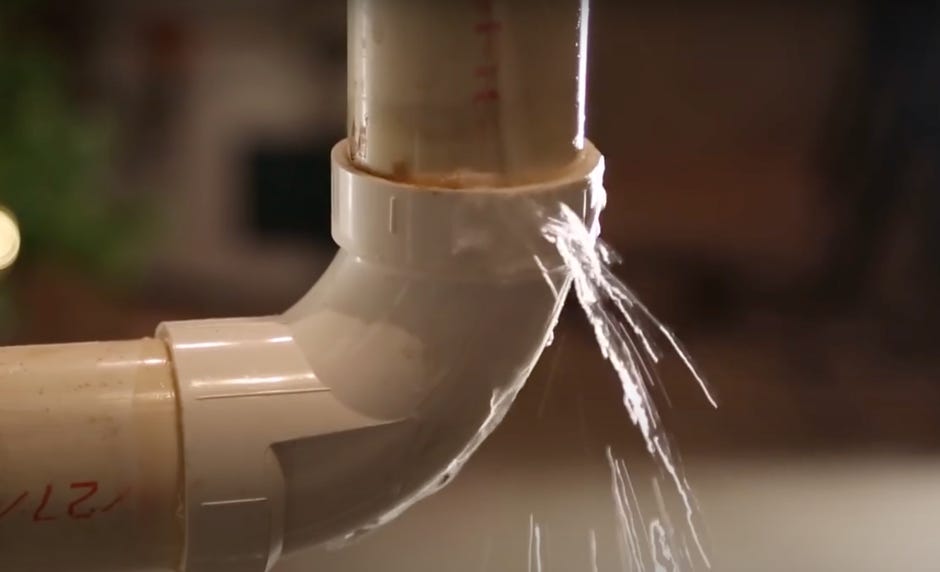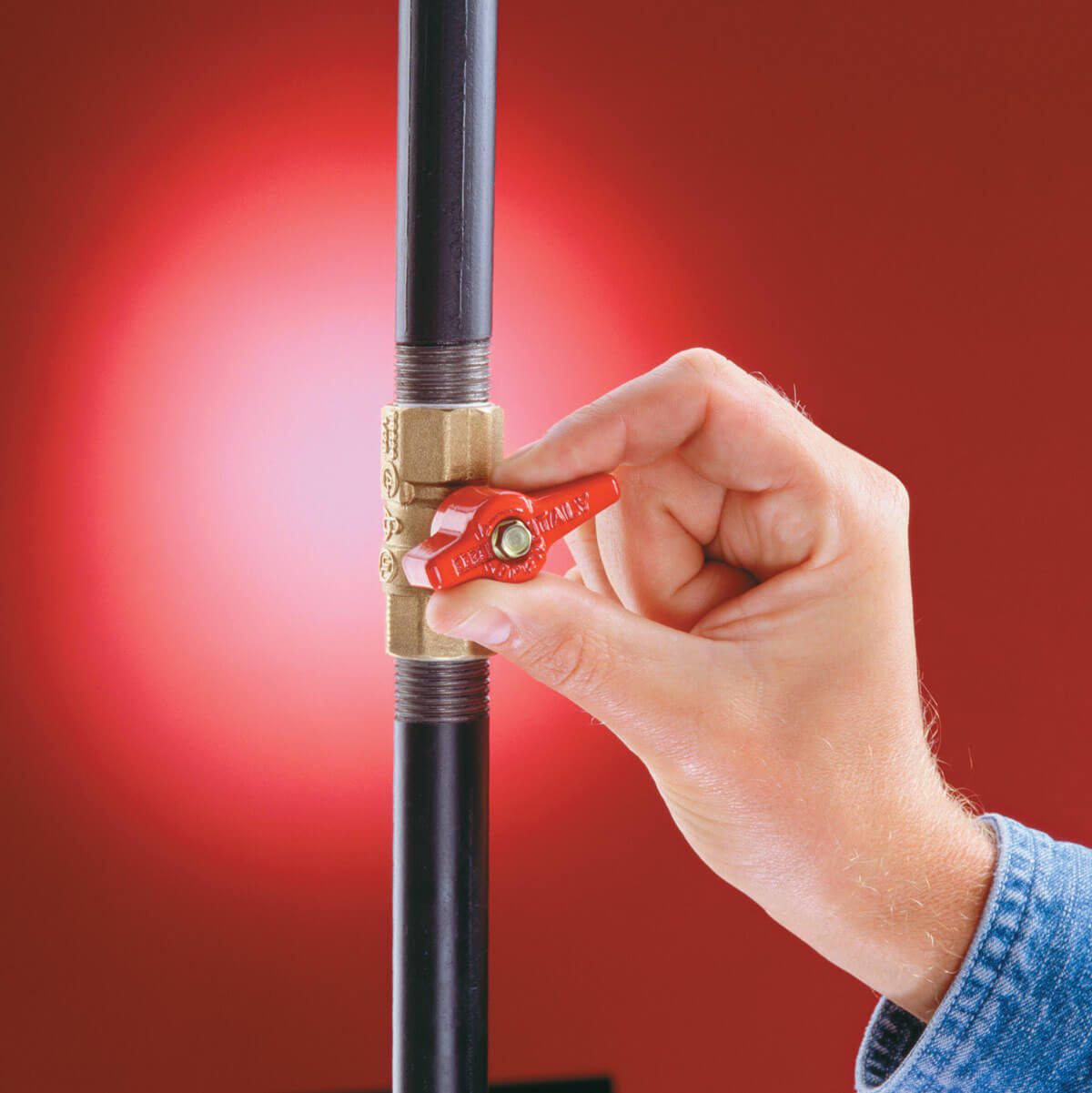How to Swiftly Detect and Resolve a Burst Pipe Problem
Learn MoreThey are making a few great pointers about How to install a dishwasher safely in general in the content directly below.

A burst pipe is a significant emergency; you can just stand as you see water you pay dearly to rejoin with the earth. In even worse cases, you discover a swimming pool on your kitchen floor, which is a great trip danger, specifically if you have children around. If the pipeline that burst was in your wall surfaces, bad news: you might need to repaint that whole section.
Exactly how can a disaster like a ruptured pipe be protected against and handled? Well, by listening to your expert emergency plumbing technicians and adhering to these rules.
Just how do I know when my pipes have ruptured?
Fluctuating water pressures
Pipelines do not simply burst in a day. You may have seen that your kitchen tap or shower does not run instantly when you transform the tap. It may pause for a couple of secs and then blast you with more force than typical.
In various other circumstances, the water might seem typical in the beginning, after that drop in pressure after a couple of seconds.
Infected water
Many individuals assume a burst pipe is a one-way electrical outlet. Fairly the contrary. As water spurts of the hole or gouge in your plumbing system, pollutants locate their way in.
Your water might be contaminated from the source, so if you can, inspect if your water container has any kind of troubles. However, if your drinking water is supplied and cleansed by the local government, you need to call your plumber immediately if you see or smell anything funny in your water.
Puddles under pipes and sinks
When a pipe bursts, the outflow creates a pool. It might show up that the pool is expanding in dimension, as well as despite the amount of times you wipe the pool, in a few minutes, there's one more one waiting to be cleaned. Typically, you may not be able to trace the puddle to any noticeable pipelines. This is an indication to call an expert plumber.
Wet walls and also water discolorations
Prior to a pipeline bursts, it will leak, most times. If this consistent leaking goes unnoticed, the leak might finish into a broad gouge in your pipe. One very easy means to avoid this emergency is to look out for damp wall surfaces ad water stains. These water discolorations will certainly lead you right to the leakage.
Untraceable leaking noises
Pipe bursts can take place in one of the most undesirable places, like within concrete, inside wall surfaces, or under sinks. When your house goes silent, you may have the ability to hear an annoyingly relentless leaking sound. Also after you have actually inspected your shower head and cooking area tap, the trickling might proceed.
Dear visitor, the dripping may be originating from a pipeline inside your wall surfaces. There isn't much you can do about that, other than tell a professional plumber.
Show up the Heat
Set up fans to blow warm right into cold areas. Keep the garage door closed. If you have minimized water flow, warmth the most susceptible pipes (generally in cellars and crawl spaces or near outside walls) with a hair clothes dryer. Leave the faucet on while you use heat. As you thaw ice, the flow will raise. To avoid pipelines from freezing, shield your walls.
Beginning Eliminating the Water
Grab the mop, pails and a shop vacuum cleaner to start to remove the water since you absolutely don't desire it soaking into every little thing else in the house. Plus, a fast clean up will lower the possibilities of something obtaining musty.
What do I do when I find a ruptured pipe?
Your water meter will continue to run also while your water wastes. To decrease your losses, find the main controls as well as transform the supply off. The water pipe are an above-ground structure beside your residential property.
How to Fix & Detect a Leaking Pipe
How Do I Know if a Pipe is Leaking?
Leak detection tests can help you determine if your pipe has a leak. Even if you don’t see an apparent leak, you should still conduct leak detection tests regularly to save water and money—and prevent major damage to your home.
Water meter. It can be helpful to figure out what your usual water meter usage numbers are and then monitor them regularly. To monitor your meter, first, turn off all water faucets in your home. Check the meter and write down the numbers. In a few hours, check the meter again. If the numbers have changed, you have a leak. Water gauge. Use a water gauge to test your water pressure. Your showerhead should produce a certain amount of water pressure based on its model and design. If the pressure is lower than it is supposed to be for that specific showerhead, your home likely has a leak. Puddles. Look inside your bathroom, laundry, and kitchen sink cabinets. Puddles around the cabinets or around toilets, tubs, showers, and washing machines indicate the presence of a leaking pipe. You may also notice loose tiles, peeling or flaking paint, or mold caused by water accumulation. Napkin test. Even if you don’t see any puddles, you may still have a leak. You can test for water leaks in the bathroom, laundry, and kitchen by wiping below-sink connections with a napkin, paper towel, or piece of toilet paper. If it becomes damp, you probably have a leaking pipe under the sink. Discolored walls. Walls that are discolored—usually with brown or yellow stains—or bulging might mean that they have been impacted by water damage caused by a leaking pipe. Smell. A leaky pipe will create sitting water, and over time, that water may develop a musty smell. If your home smells musty, but you can’t locate the source, it may be due to a leak. Steps for Fixing a Leaking Pipe
A leaky drain can be remedied by tightening the pipe base, replacing the drain seal, caulking the rim, and tightening the pipe nut. Similarly, a leaking toilet pipe can be treated by tightening the packing nut. You may also need to replace the valve. A leaky faucet may just need tightening or replacement of the washers. If that doesn’t work, consider replacing your faucet. If your pipe has a hole in it, you may want to use a pipe leak sealer or pipe leak tape. This quick fix for water pipe leaks can also temporarily fix a copper pipe leak. https://www.ahs.com/home-matters/quick-tips/how-to-tell-if-pipes-are-leaking/

We had been guided to that write-up about What to Know Before Installing a Dishwasher through an associate on a different web page. If you enjoyed reading our blog post kindly do not forget to pass it around. Thanks so much for your time spent reading it.
Get A Free Estimate